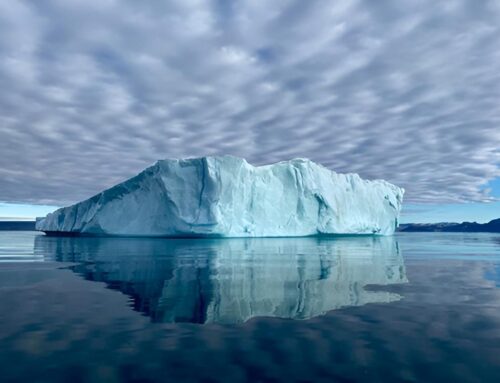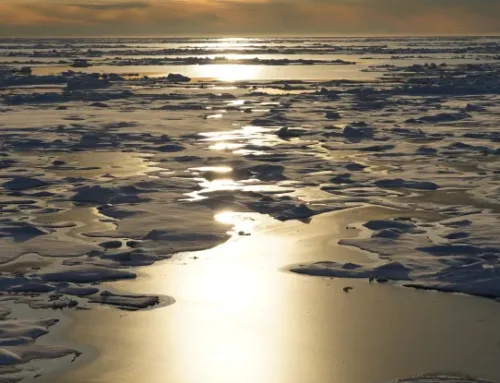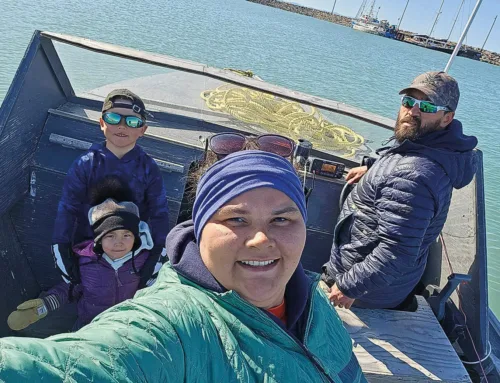Ottawa needs to consider Inuit, animals in Arctic shipping lanes: study
Published April 5, 2016 – 6:29pm
Last Updated April 5, 2016 – 6:55pm
Ottawa needs to adjust its plans for low-impact Arctic shipping lanes to consider the needs of Inuit people and the marine animals they depend on, says an environmental group.
Creating a commission to manage the lanes together with indigenous people would not only help ensure those concerns were met, but would help enforce Canadian sovereignty over the Northwest Passage, suggested Louie Porta, policy director for the group Pew’s Oceans North Canada.
“This is an important assertion and clever assertion of sovereignty over the Northwest Passage,” he said. “Enhanced management, enhanced surveillance, enhanced conservation are all effective and affordable forms of sovereignty.”
Developing low-impact shipping lanes for the Arctic was one of the promises made by Prime Minister Justin Trudeau and U.S. President Barack Obama during their recent meeting. Canadian Coast Guard data shows shipping in Canada’s northern waters has increased 166 per cent since 1980 to 300 vessels a year.
Canadian officials have been working on such corridors for several years under a northern marine transportation initiative that seeks to map out safe, predictable sea lanes for traffic through the Northwest Passage to coastal communities and resource projects.
Porta said the corridors are a good idea, but have been drafted without taking environmental or cultural concerns into account. Much of the water is covered by land-claim agreements with Inuvialuit and Inuit.
“They have not created corridors that included environmental data or environmentally sensitive areas as identified by government or Inuit organizations,” Porta said.
The Oceans North report suggests shipping lanes that cover 70 per cent less area while including more actual routes that have been used by vessels. They would affect less than half as much ocean considered environmentally sensitive. It would also be one-quarter as much area affected by dangerous ice conditions.
The report suggests the government form an Arctic corridor commission, together with northern aboriginals, to administer and maintain the network.
“We recognized there was the absence of a multi-stakeholder governance regime to finish building this framework and look after it after it gets built.”
The report has been reviewed by the coast guard.
“The Canadian Coast Guard welcomes this report as a part of the ongoing dialogue over the need for conservation and continued monitoring of vessel traffic in the Arctic,” said spokeswoman Barbara Mottram.
“The Oceans North Canada report recommendations link to our efforts to prepare for increasing marine traffic while improving safety. We look forward to working with conservation organizations, partners, stakeholders and indigenous peoples on this important issue.”
Jackie Dawson, Canada Research Chair in Environment, Society and Policy at the University of Ottawa, said the coast guard has a lot of work to do before it can say it has consulted aboriginal people. Icebreakers, for example, would disrupt the ability of people to get around on the sea ice.
“We haven’t at all considered how northerners use the marine environment.”
The coast guard and Transport Canada should reach out for environmental and cultural expertise, suggested Dawson.
“They need to take it out of themselves. This is a national issue that needs national co-management.”
The sooner it gets done, the better, said Porta.
“We’ve got about five to 10 years before industry becomes so active it’s not as easy to put down ground rules.”
— Follow Bob Weber on Twitter at @row1960
Bob Weber, The Canadian Press





